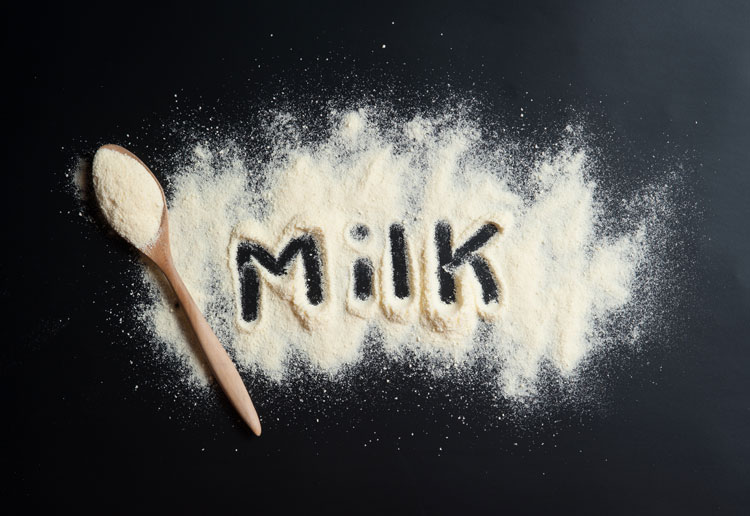
While Class III prices have surged, Class IV prices have stayed relatively consistent. Those that work in and monitor these markets, primarily those that trade powders on the export market, credit a multitude of influencers for the rather stagnant Class IV price. These factors were discussed during the July 22 Hoard’s Dairyman DairyLivestream.
The first is an improvement in domestic use of skim milk powders. Much of this has been driven by the large disparity between Class IV and Class III prices.
“The price difference between skim solids on a Class IV basis and skim solids on a Class III basis is so large right now that just in the last few months we’ve seen a very big increase in domestic nonfat dry milk consumption as well,” explained Ted Jacoby, the CEO of T.C. Jacoby and Company. “I also think you’re going to see a large increase in nonfat dry milk production.”
The incline in production comes from the chaos created by COVID-19. That growth has filled the supply line and kept inventories strong.
The final piece of the puzzle is export sales.
“When it comes to nonfat and skim milk powder globally, it’s very much a commodity market; it’s very transparent,” said Kevin Ellis, CEO of Cayuga Milk Ingredients. “What we’re seeing is an abundance through COVID-19 of skim milk powder globally. It has led to some margin suppression in certain regions of the world.”
That being said, powder exports are also looking up in some parts of the world.
“I do see some optimism in Southeast Asia where they focus on global dairy trade (GDT), which is the auction that is run out of New Zealand,” Ellis said. “At that last auction, powder was $1.22 per pound. They’re about 20 cents a pound ahead of the U.S.”
If we market powders that are high-quality and in line with what customers are looking for in Asia and the Middle East, Ellis predicted even more milk powders could be moved to that area.
“So, you have this kind of net-net-net effect. Exports may be up, domestic use may be up, but production is up at the same time because a lot of milk went toward Class VI when we were going through the worst part of the pandemic,” Jacoby summarized. “All of that wraps up into a place where our market prices have stayed relatively stable because all those different forces have more or less canceled each other out.”
An ongoing series
DairyLivestream will air twice each month for the remainder of this year. The next broadcast will be on Wednesday, August 5 at 11 a.m. CST. Each episode is designed for panelists to answer over 30 minutes of audience questions. If you haven’t joined a DairyLivestream broadcast yet, register here. Registering once registers you for all future events.








